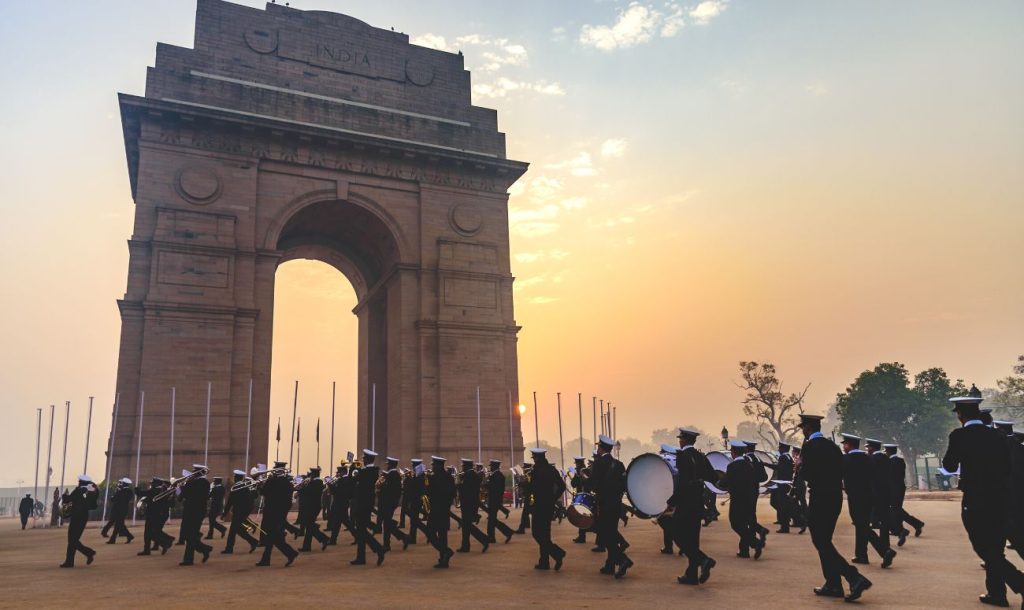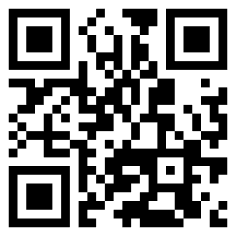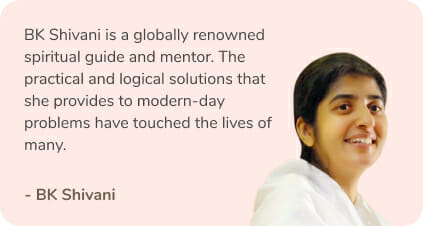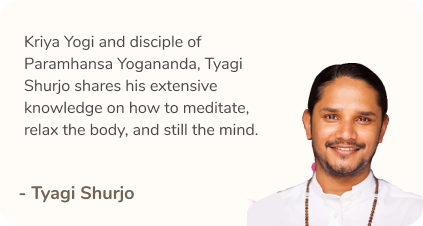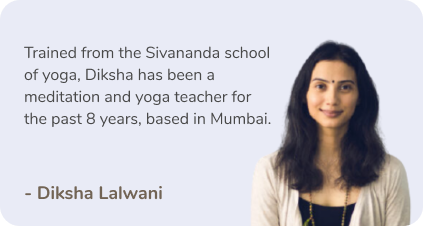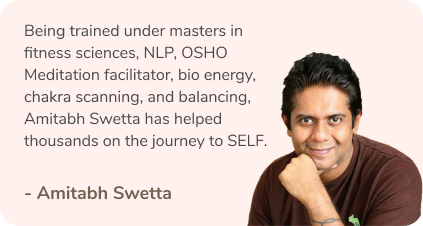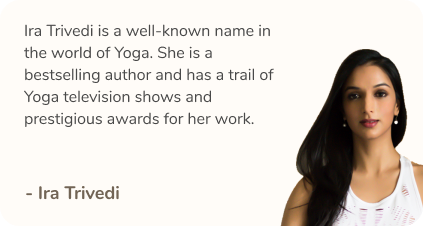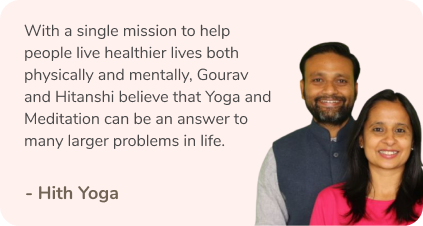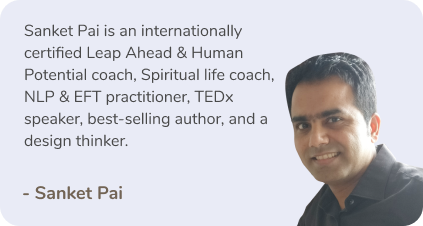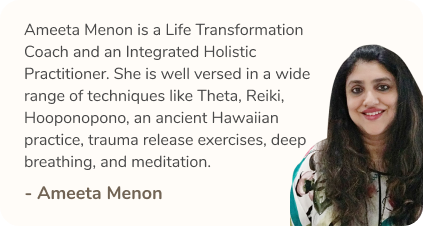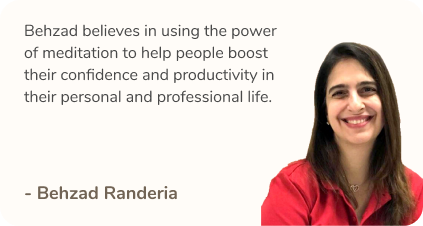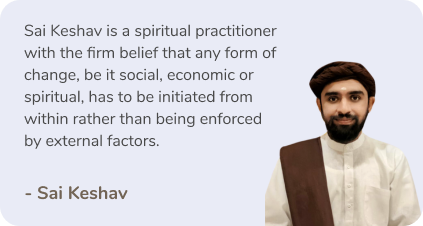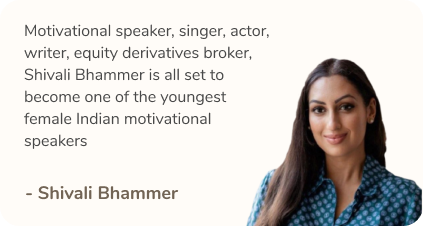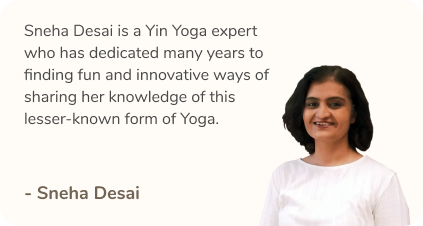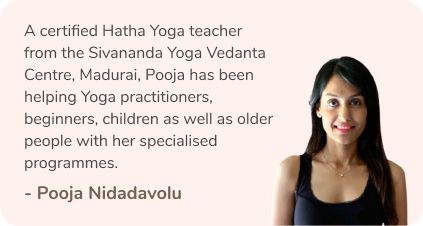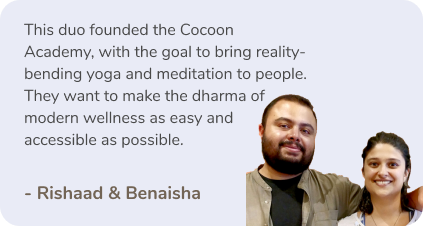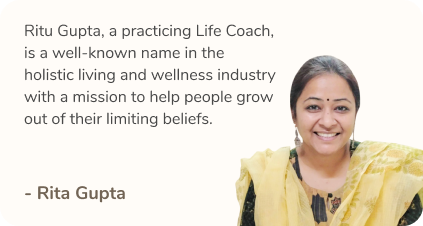Republic Day, one of India’s three national holidays, honours the adoption of the country’s constitution on January 26, 1950. The day serves as a reminder of the date, January 26, 1950, when India’s Constitution came into effect. India became an independent republic as a result of this historical event, which is why it is commemorated every year. Every year we sit ourselves in front of the TV and watch the Republic Day parade with bated breath but have you ever wondered why or how it got started?
India celebrates Republic Day with immense joy and satisfaction. It’s a day set aside to honour India’s sovereign constitution.
At India Gate in New Delhi, the Indian President raises the national flag. The most glorious parades are held on Rajpath in New Delhi. The occasion highlights both India’s rich cultural diversity and its military prowess. Furthermore, the day honours the martyrs who gave their lives protecting the country.
Indian Republic Day
The biggest event on this day is the Republic Day Parade. Delhi residents turn out for the march on Rajpath. In spite of the chilly weather, many Delhi residents turn out to see the breath-taking spectacle. There are a few things that happen during the celebration:
- The President of India raises the National Flag and presents the Paramvir Chakra, Vir Chakra, Ashok Chakra, Kirti Chakra, and Children’s National Bravery Award in recognition of the heroic citizens of India.
- The Prime Minister honours the courageous soldiers who perished in battle. By laying a wreath at Amar Jawan Jyoti at India Gate in Delhi, he pays respect to the warriors who have died in battle.
- The three divisions of the Indian Armed Forces—Navy, Air Force, and Indian Army—lead the Republic Day Parade. In addition to this, there are a number of cultural displays, a troop parade, military bands, air exhibitions, and astonishing skill and daring on display by military vehicles.
- Even though this is a national holiday in India, children still attend class to celebrate by raising the national flag, putting on plays and dancing performances, and eating treats.
The Republic Day parade is one of the most stunning parades in the world. People from all over the world travel to India around this period in particular to see the splendour of the Republic Day celebrations in Delhi.
26 Interesting Facts You Didn’t Know About The Republic Day Parade
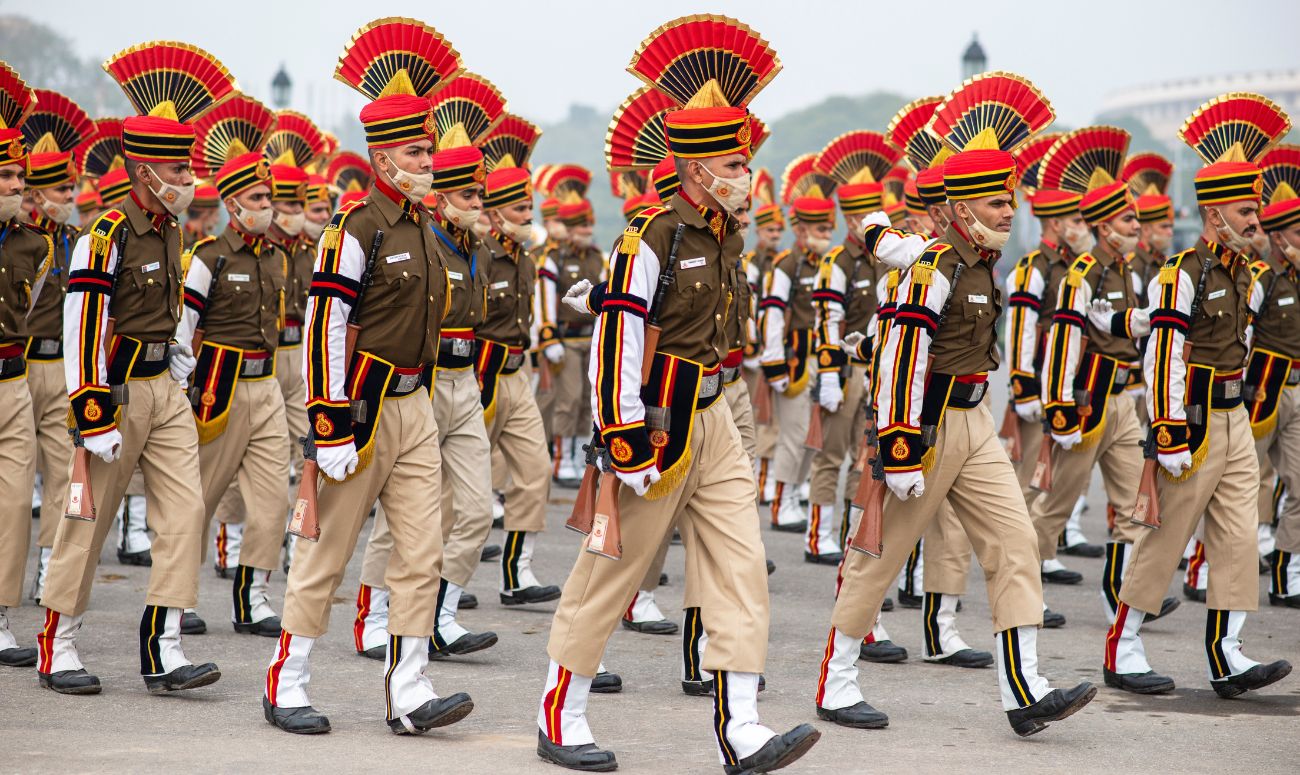
- India decided to struggle for complete independence on January 26, 1930, and as a result, this day was formerly marked as India’s Independence Day or Purna Swaraj Day.
- The official Republic Day celebration lasts for three days, and the first Republic Day celebration was conducted at Rajpath in 1955.
- A Christian hymn called “Abide by Me” is performed during the Republic Day parade. According to legend, this was one of Mahatma Gandhi’s favourite songs.
- With a total of 448 articles, the Indian Constitution is the longest in the world. Both Hindi and English are used in its writing.
- It took Dr. B.R. Ambedkar 2 years and 11 months to finish the laborious task of drafting the constitution.
- The USSR Constitution provided the basis for the Five-Year Plan, while the French Constitution provided the principles of liberty, equality, and fraternity.
- We adhered to the Government of India Act 1935 of the British Government prior to the implementation of the Indian Constitution.
- The Republic Day celebration is when the majority of Indian honours, including the Kirti Chakra, Padma Bhushan, and Bharat Ratna, are awarded.
- From beginning to end, every activity taking place at the January 26th parade event has been planned in advance.
- Each group travels a distance of 12 kilometres during practise for the parade on January 26; on parade day, they only travel a distance of 9 kilometres.
- Each soldier that takes part in the parade event must go through four stages of screening.
- The parade’s model travels at a speed of about 5 km/h so that influential individuals may view them in detail. It is quite shocking to know that the model’s drivers operate them through a tiny window.
- Twelve states and union territories, nine ministries, and departments are chosen to display their models at the Republic Day parade. These include Uttar Pradesh, Uttarakhand, Haryana, Chhattisgarh, Goa, Gujarat, Karnataka, Meghalaya, Punjab, and Uttar Pradesh.
- The “flypast” is the most amazing element of the event. The Western Air Force Command is in charge of “flypast,” which involves the assistance of about 41 aircraft. The participating aircraft depart from various Air Force bases and arrive at Rajpath at the designated time.
- To light up the evening sky, a drone show comprising of 3,500 indigenous drones also happens over Raisins Hills.
- While members of the Special Security Forces march with Israeli-made Tavor guns, army participants march with domestically manufactured INSAS rifles.
- The National Anthem is played when the gun salute is fired, which is a distinctive feature. The first shot is fired at the beginning of the National Anthem, and the last shot is fired 52 seconds later.
- All of India’s tanks, armoured vehicles, and cutting-edge apparatus are housed in a specific camp next to the India Gate. Typically, there are ten stages to both the whitewashing task and the inquiry process for each cannon.
- The 26th January procession was staged at many locations over these years, including Irwin Stadium (now National Stadium), Kingsway, Red Fort, and Ramlila Maidan. The annual 26th January parade has taken place on Rajpath since AD 1955. Rajpath, at that time, was referred to as “Kingsway.”
- With Dr. Sukarno, the president of Indonesia, as a special guest, the first parade was organised on January 26, 1950.
- Pakistan’s Governor-General Malik Ghulam Mohammad attended the first parade at Rajpath in 1955.
- On January 26, the President enters the parade to get it started. Before the National Anthem is performed and 21 guns are fired, the President’s cavalier bodyguards salute the National Flag.
- To make sure there is no live ammunition in any of the weapons, they are all carefully inspected.
- Each marching group is evaluated by judges stationed along the parade route using 200 different criteria. Based on their evaluations, the judges choose which marching group is the “Best Marching Group.”
- The number of people working at metro stations increases beginning a week before R-Day, and police officers are posted all around the city. A total of 35,000 to 55,000 security personnel can be stationed around Delhi.
- It’s interesting to note that Indian soldiers march far more quickly than their counterparts from other nations.
- 21 guns are saluted when the National Anthem is sung to commemorate the beginning of the parade. Although 21 shots are heard, only seven guns—each firing three times—are actually used.
Every time we watch the parade on TV, there is something about the armed soldiers and all the intimidating vehicles driving along Rajpath that intrigues us all. Delhi’s Republic Day parade is so large and well-known that it is well-known throughout the entire nation. Being one of the most spectacular parades in the world, people from different parts of the world visit India to witness the beauty of the celebrations of Republic Day.
Read More: 5 Yellow Foods To Eat To Celebrate A Vibrant Vasant Panchami
Like & Follow ThinkRight.me on Facebook, Instagram, Twitter, Pinterest and Telegram to stay connected.
